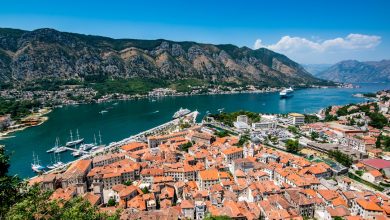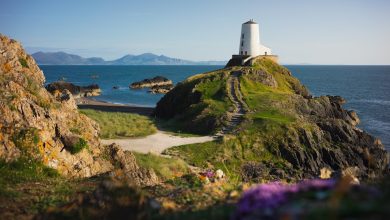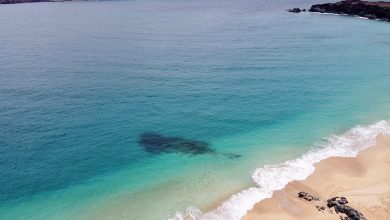
Are you ready to embark on an unforgettable adventure to Iceland? Look no further than this comprehensive Iceland Travel Guide, your go-to resource for planning an incredible journey. From the best time to visit and must-see attractions to exploring Reykjavik and savoring the unique Icelandic cuisine, this guide covers everything you need to know to make the most of your trip. Whether you’re drawn to outdoor activities or eager to discover the cultural etiquette of this stunning destination, this guide has got you covered. Let’s dive in and start planning your Icelandic adventure!
Best Time to Visit Iceland
When it comes to planning your trip to Iceland, choosing the right time to visit is crucial to make the most of your experience. The optimal time to visit Iceland depends on your personal preferences and what you want to do during your trip.
Seasons Overview
Iceland experiences distinct seasons, each offering its own unique attractions and activities. Below is a brief overview of the seasons to help you decide the best time for your visit:
- Summer (June to August):
- This is the peak tourist season due to the milder weather and extended daylight hours.
- Ideal for exploring the highlands, hiking, and experiencing the Midnight Sun phenomenon.
- Fall (September to October):
- The landscapes are adorned with stunning fall colors, making it a picturesque time to visit.
- Chance to witness the Northern Lights (Aurora Borealis) as the nights get darker.
- Winter (November to February):
- Perfect for witnessing the mesmerizing Northern Lights.
- Great for winter activities such as ice caving, snowmobiling, and glacier hiking.
- Spring (March to May):
- The days get longer, and the winter snow begins to melt, creating impressive waterfalls.
- Good for whale watching and enjoying the awakening of nature.
Comparison Table
Here’s a quick overview of the seasons and what they offer:
| Season | Weather | Daylight Hours | Key Highlights |
|---|---|---|---|
| Summer | Mild | Extended | Midnight Sun, Highlands |
| Fall | Cool | Decreasing | Fall Colors, Northern Lights |
| Winter | Cold | Shortened | Northern Lights, Winter Activities |
| Spring | Mild | Increasing | Melting Snow, Whale Watching |
Remember, the best time to visit Iceland ultimately depends on your interests and the experiences you seek. Whether you’re after the radiant Midnight Sun in summer or the ethereal Northern Lights in winter, Iceland has something to offer year-round.
Plan your trip accordingly to ensure you make the most of your Iceland adventure!
Remember, the best time to visit Iceland ultimately depends on your interests and the experiences you seek. Whether you’re after the radiant Midnight Sun in summer or the ethereal Northern Lights in winter, Iceland has something to offer year-round.
Plan your trip accordingly to ensure you make the most of your Iceland adventure!

Top Attractions in Iceland
When planning your trip using an Iceland travel guide, you won’t want to miss out on the incredible attractions this unique country has to offer. From stunning natural wonders to captivating cultural sites, Iceland has something for every type of traveler. Here are some of the top attractions to consider including in your itinerary:
- The Blue Lagoon: A geothermal spa located in a lava field, the iconic Blue Lagoon is a must-visit destination. Its milky blue waters are rich in minerals, offering visitors a relaxing and rejuvenating experience.
- Golden Circle: This popular tourist route encompasses three main attractions: the Geysir Geothermal Area, the Gullfoss Waterfall, and Þingvellir National Park. Visitors can witness the spouting hot springs, powerful cascades, and the rift between the North American and Eurasian tectonic plates.
- Jökulsárlón Glacier Lagoon: Marvel at the stunning sight of icebergs floating in the glacial lagoon, which is situated at the base of the Breiðamerkurjökull glacier. Visitors can take a boat tour to get up close to the mesmerizing ice formations.
- Vatnajökull National Park: Home to Europe’s largest glacier, Vatnajökull National Park boasts a diverse landscape encompassing glaciers, ice caves, and volcanic terrain. It’s a paradise for nature enthusiasts and adventure seekers.
- Reynisfjara Black Sand Beach: Located near the town of Vík, this unique beach is famed for its black pebble shoreline, basalt columns, and roaring waves. It’s a photographer’s dream and a place of captivating natural beauty.
Make the most of your Iceland travel guide by including these top attractions in your travel plans, ensuring an unforgettable experience in this enchanting country.
Exploring Reykjavik, the Capital City
Reykjavik, the vibrant capital city of Iceland, is a must-visit destination on your Iceland travel guide. With a rich history, captivating architecture, and a thriving cultural scene, Reykjavik offers an array of experiences for travelers. Here’s a closer look at what you can expect when exploring this enchanting city:
- City Highlights: Reykjavik is a charming blend of modernity and tradition. From the iconic Hallgrímskirkja Church to the bustling old harbor, the city is dotted with landmarks that showcase its unique character.
- Cultural Immersion: Immerse yourself in the local culture by visiting museums such as the National Museum of Iceland and the Reykjavik Art Museum. Don’t miss the opportunity to catch a performance at the Harpa Concert Hall, a stunning architectural marvel.
- Culinary Delights: Indulge in Iceland’s culinary scene by sampling local delicacies in Reykjavik’s restaurants. From traditional dishes like lamb stew and skyr to innovative fusion cuisine, the city has something to satisfy every palate.
- Cityscape Exploration: Take a leisurely stroll through the city center to discover its vibrant street art, quirky boutiques, and cozy cafes. Don’t forget to experience the lively atmosphere of the Reykjavik flea market, where you can find unique souvenirs to bring back home.
In comparison to other destinations in Iceland, Reykjavik stands out as a hub of contemporary Icelandic life, offering a perfect blend of urban attractions and cultural experiences. While the city provides an excellent base for further exploration of Iceland, it is also a captivating destination in its own right, with its own distinct charm and allure.
Outdoor Activities in Iceland
When visiting Iceland, you’ll be captivated by the stunning landscapes and the myriad of outdoor activities to indulge in. Here are some outdoor activities to consider while exploring Iceland and making the most of your adventure:
Hiking and Trekking
- Iceland’s diverse terrain offers remarkable hiking and trekking opportunities.
- Iceland Travel Guide Tip: Opt for popular trails like the Laugavegur and Fimmvörðuháls routes for breathtaking views of volcanic landscapes and vibrant colored mountains.
Glacier Tours
- Embark on a thrilling glacier tour and witness the mesmerizing ice formations and deep crevasses.
- Iceland Travel Guide Tip: Consider a guided tour of Vatnajökull, Europe’s largest glacier, for an unforgettable experience.
Whale Watching
- Experience the majestic beauty of Iceland’s marine life with a whale watching tour.
- Iceland Travel Guide Tip: Husavik and Reykjavik are known for offering fantastic opportunities to spot minke whales, humpbacks, orcas, and dolphins.
Snowmobiling and Glacier Hiking
- Satisfy your adrenaline cravings with exhilarating snowmobiling adventures and guided glacier hikes.
- Iceland Travel Guide Tip: Head to Langjökull Glacier for an adrenaline-filled excursion and the chance to explore an ice tunnel.
Hot Springs and Geothermal Pools
- Relax and unwind in Iceland’s geothermal pools, such as the iconic Blue Lagoon, for a therapeutic experience amidst stunning natural surroundings.
- Iceland Travel Guide Tip: Consider visiting lesser-known hot springs like Mývatn Nature Baths for a more secluded soak.
Engaging in these outdoor activities will undoubtedly enhance your Iceland travel experience, providing thrilling adventures and unforgettable memories amidst the country’s captivating natural wonders.
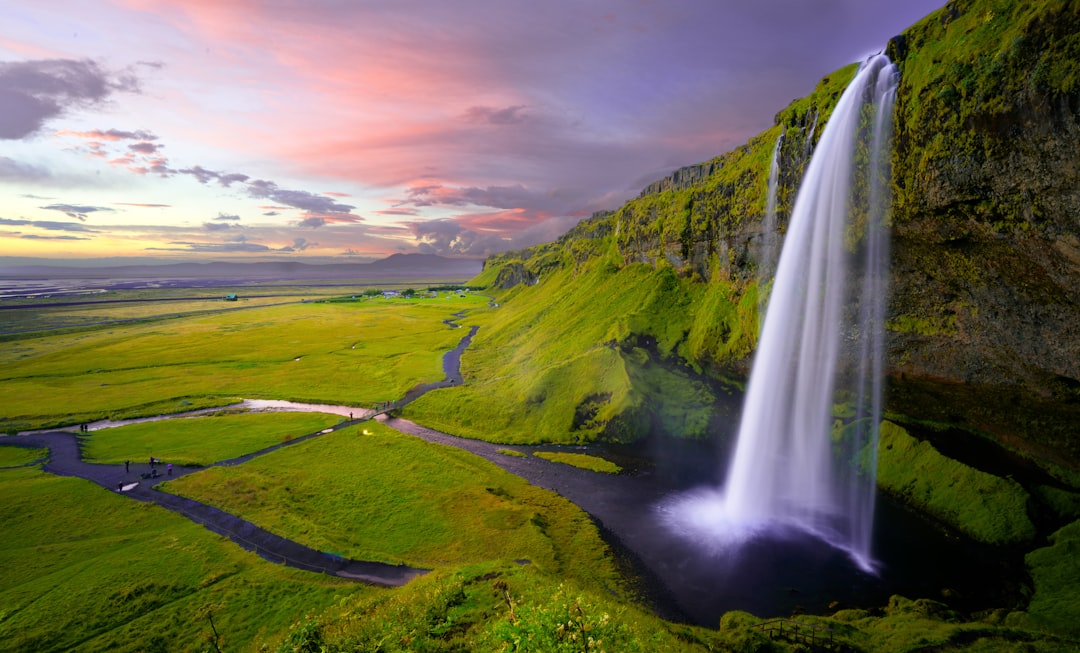
The Unique Icelandic Cuisine
When planning your trip to Iceland, experiencing the local cuisine is a must. The food culture in Iceland is driven by the island’s natural resources and long-standing traditions, making it a unique culinary experience for travelers. Here’s a look at some of the distinctive elements of Icelandic cuisine:
- Fresh and Sustainable: Icelandic cuisine emphasizes the use of fresh, locally-sourced ingredients. From succulent lamb to fresh seafood, the focus is on sustainable and organic produce, reflecting the island’s pristine natural environment.
- Traditional Delicacies: When in Iceland, be sure to indulge in traditional delicacies such as hákarl (fermented shark), hangikjöt (smoked lamb), and Icelandic rye bread. These dishes have deep roots in the country’s history and are an essential part of the culinary heritage.
- Innovative Flair: While rooted in tradition, Icelandic cuisine also embraces innovation. Many restaurants in Reykjavik and other towns offer modern interpretations of classic dishes, infusing them with international influences and creative culinary techniques.
- Café Culture: In Iceland, cozy cafes are abundant, offering a delightful array of pastries, cakes, and freshly brewed coffee. This vibrant cafe culture is perfect for indulging in a sweet treat while taking in the stunning Icelandic scenery.
- Comparison Table:
Traditional Dish Description Hákarl Fermented shark meat, a pungent Icelandic delicacy Hangikjöt Smoked lamb, a staple of Icelandic holiday feasts Rúgbrauð Icelandic rye bread, traditionally baked in the ground
While exploring Iceland’s breathtaking landscapes, make sure to savor the unique flavors of the country’s cuisine. Whether you’re dining in a renowned restaurant or sampling local street food, the Icelandic culinary experience is sure to leave a lasting impression.
Packing Tips for Your Iceland Trip
When preparing for your Iceland adventure, it’s essential to pack wisely to ensure a comfortable and enjoyable trip. Here are some packing tips to keep in mind for your Iceland travel:
- Layered Clothing: The weather in Iceland can be quite unpredictable, so it’s important to dress in layers. This allows you to easily adjust to temperature changes throughout the day. Be sure to pack thermal base layers, warm sweaters, and a waterproof jacket to stay dry in case of sudden rain.
- Sturdy Footwear: Iceland’s rugged terrain and diverse landscapes make comfortable and sturdy footwear a necessity. Be sure to pack waterproof hiking boots or sturdy walking shoes to navigate through various natural wonders.
- Essential Accessories: Don’t forget to pack essentials such as a durable backpack, insulated gloves, a warm hat, and a scarf. These accessories will provide protection from the elements, especially if you plan to explore Iceland’s stunning outdoors.
- Camera Gear: Iceland offers breathtaking landscapes and photo opportunities at every turn. Remember to pack your camera, extra memory cards, and batteries to capture the stunning natural beauty of the country.
- Travel Adapters: Iceland uses Type F electrical outlets, so be sure to pack the appropriate travel adapters to keep your devices charged throughout your trip.
- Reusable Water Bottle: Opt for a reusable water bottle to stay hydrated during your explorations. Iceland’s tap water is safe to drink, and having a refillable bottle will reduce plastic waste during your travels.
By packing smartly and considering the essential items for your Iceland trip, you’ll be well-prepared to embrace the adventure and beauty that Iceland has to offer.
Remember, when planning for your Iceland Travel Guide, packing appropriately will ensure that you have a fantastic and memorable experience without any hassle.
Transportation Options in Iceland
When traveling to Iceland, it’s essential to plan how you’ll get around this captivating country. Here are some transportation options to consider for your Iceland adventure:
- Rental Car: Renting a car is a popular choice among travelers, offering the flexibility to explore the diverse landscapes at your own pace. It allows easy access to remote areas and scenic routes, making it ideal for adventurous souls.
- Public Transportation: While Iceland’s public transportation network is more limited compared to larger countries, it’s still worth considering. Reykjavik, the capital city, has a reliable bus system, and there are bus services that operate between major towns. However, it’s important to note that public transportation may not reach all the attractions off the beaten path.
- Tours and Excursions: Opting for guided tours and excursions can be a convenient way to visit popular attractions, especially if you prefer not to drive. Many tour operators offer sightseeing tours, glacier hikes, and other excursions, providing insightful commentary along the way.
- Domestic Flights: For those looking to cover longer distances within Iceland in a shorter time, domestic flights are available between major towns and regions. This is an efficient option if you want to maximize your time and focus on specific areas of the country.
When considering your transportation options in Iceland, it’s essential to weigh factors such as cost, convenience, and the locations you plan to visit during your trip. Keep in mind that road conditions and weather can also impact your choice of transportation, so staying informed about local conditions is crucial for a smooth and enjoyable journey.
By considering the transportation options in Iceland, you can tailor your travel plans to fit your preferences and make the most of your Iceland Travel Guide experience.
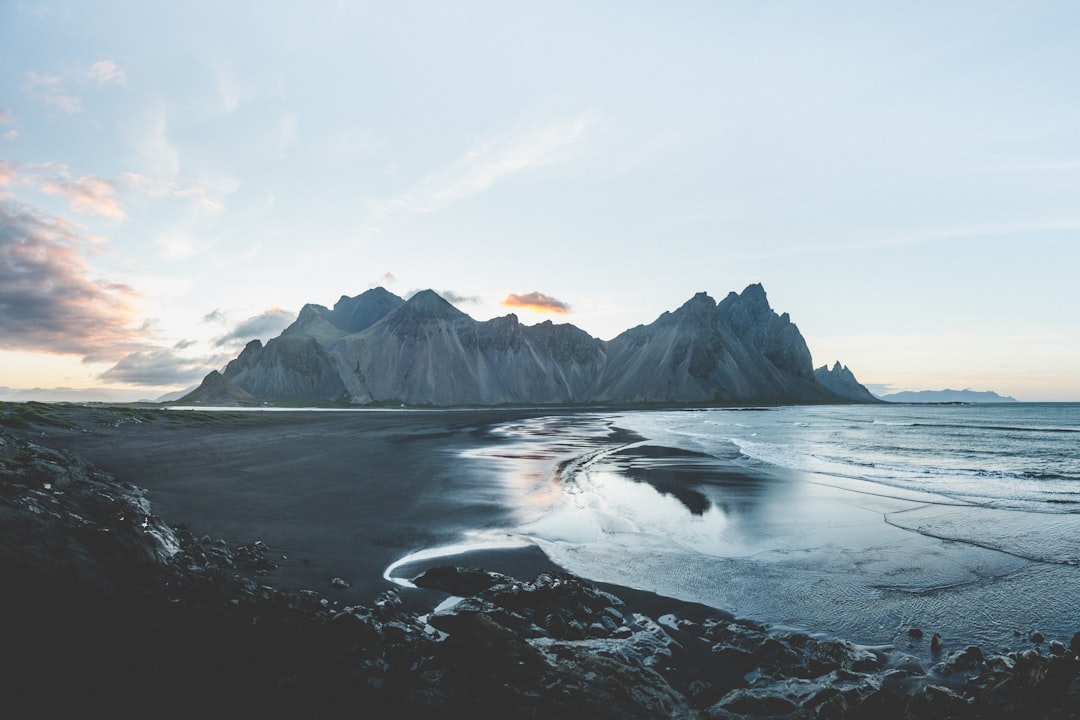
Important Cultural Etiquette to Know Before You Go
When traveling to Iceland, it’s important to familiarize yourself with the cultural norms and etiquette to ensure a smooth and respectful experience. Here are some key cultural etiquette tips to keep in mind:
- Respect for Nature: Icelanders have a deep respect for their natural surroundings. It’s essential to show the same level of respect by not disturbing wildlife, avoiding off-road driving, and following designated hiking trails. This is crucial for preserving Iceland’s pristine environment.
- Punctuality: In Icelandic culture, punctuality is highly valued. Whether you’re meeting locals or joining tours, make sure to arrive on time as a sign of respect for others’ time.
- Tipping: Tipping is not customary in Iceland. The service charge is usually included in the bill at restaurants, and taxi fares are generally rounded up to the nearest whole number.
- Greetings: When greeting someone, a firm handshake and direct eye contact are standard practices. Icelanders typically address each other by first names, regardless of the individual’s position or title.
- Personal Space: Icelanders value personal space and tend to stand at arm’s length during conversations. It’s important to be mindful of this cultural norm, especially in crowded public spaces.
- Alcohol Consumption: Public intoxication is frowned upon in Iceland. While enjoying the vibrant nightlife, it’s important to drink responsibly and be mindful of your alcohol consumption.
- Photography Etiquette: When taking photos, especially in rural areas, it’s respectful to seek permission from locals if they are included in the frame. Additionally, some natural sites may have specific guidelines for photography to preserve the environment.
Adhering to these cultural etiquette tips will not only enhance your experience in Iceland but also show respect for the local customs and traditions.
Remember, immersing yourself in the local culture is an integral part of any memorable travel experience to Iceland.
Hopefully, these tips will help you navigate the cultural landscape during your Iceland journey.
